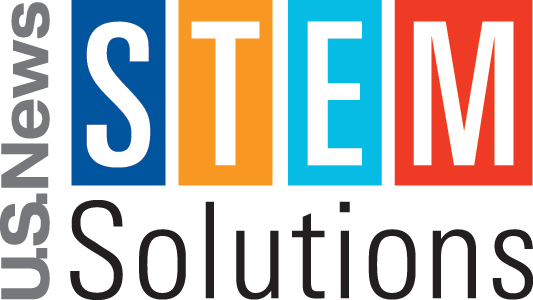U.S.News STEM Solutions 2012 Summit

American students are falling into a giant chasm between the classroom and the workplace.
For three days in 2012, some of the biggest and brightest stars of business and education gathered in Dallas to explore the gap between the types of technical jobs that modern industry has to offer and the ability of workers to perform those tasks. As it stands now, workers simply do not have the advanced skills that employers need. High paying job positions go unfilled, leaving empty holes where a worker should be.
The STEM Solutions 2012 Summit tried to fill in the holes and build pathways that allow students to move more freely from the classroom to the STEM-rich workplace. During the summit, NMSI President & CEO Dr. Mary Ann Rankin encouraged listeners to accelerate STEM education in a panel discussion entitled, “The Supply Side: Education and America’s STEM Future.” The panel looked at various ways to produce enough STEM graduates to satisfy corporate hunger.
Summit participants agreed it is especially important to fill those positions with women.
STEMConnector’s new publication, 100 Women Leaders in STEM, featured Dr. Rankin. Women make up 48 percent of the workforce, yet hold only 24 percent of U.S. STEM jobs. Fewer than 15 percent of American engineers are female.
In another panel discussion, Dr. Rankin focused on defining, understanding and closing the gap between the skills needed by corporations and those offered by today’s universities.
This gap begins as small crevices in early education. Student brains stagnate through boring lectures and memorize facts instead of participating in hands-on education, known to excite young minds about science, technology, engineering and math, or STEM. This stagnation shows in dismal STEM scores. Barely 18 percent of high school seniors perform at proficient levels in science courses.
Weak STEM skills results in poor job prospects and low pay. A student without a solid understanding of STEM subjects cannot develop the technical skills necessary to participate in today’s job market. Employees with poor technical skills will ultimately fail in the modern, highly technical workplace.
Summit participants identified gaps between institutions, with each school adhering to slightly different standards and teaching methods. For example, a kid from one elementary school uses microscopes in the classroom while a child who attends school across town does not. These students eventually merge into a high school science class; the gap between the student with hands-on experience and the one without becomes clear quickly. This gap grows each time the students move from one institution to another, from elementary school to graduate school.
The summit called on educational institutions to fill in the gaps between elementary school, high school, college and graduate school. Many students fall into these gaps and away from careers in STEM fields. Improve each educational segment’s shared understanding of what is necessary to be “college-ready.”
MeasureNet is a prime example of educational technology that actually closes the gap between students and high paying jobs. MeasureNet puts real-world tools into the hands of students of all ages. Instead of sleeping through boring lectures, students use the same inquiry-based chemistry labs, environmental chemistry, instrumental methods, STEM and biochemistry procedures as professional scientists. MeasureNet helps students leap across the STEM chasm and land onto a great-paying job.